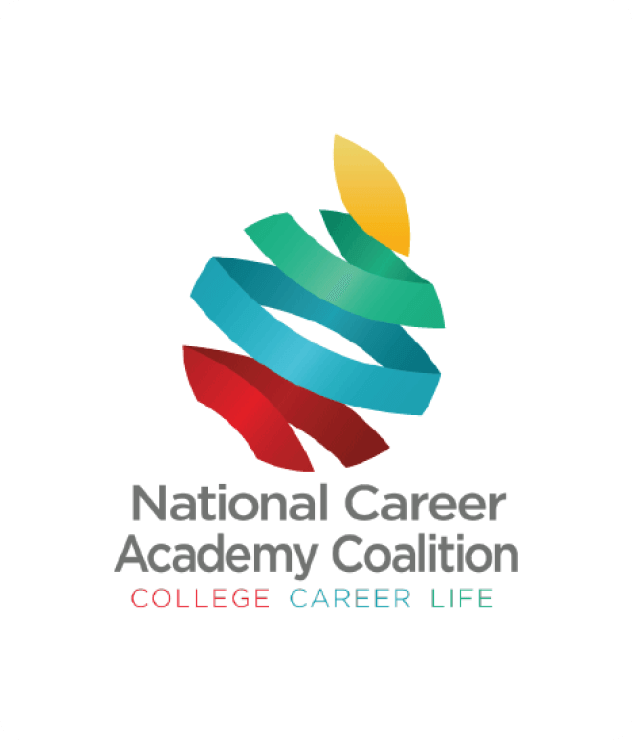High school career academies date back over fifty years and have been a growing presence in the country for the last quarter century, and many cities and districts that have embraced the approach. There are an estimated 7,000 career academies in operation, enrolling about one million students. Extensive research (MDRC experimental study; Johns Hopkins, UC Berkeley quasi-experimental studies) has shown that their impact has been felt from an academic, economic, workforce development, and social perspective.
Career academies are designed to prepare students for both college and careers. They are schools within schools that link students with peers, teachers, and community partners in a structured environment that fosters academic success. The career academy concept has three key elements:
Teams of teachers (grades 9–12 or 10–12) work across several academic and technical subjects, grouping students in cohorts for these classes and follow a program of study. The advisory board helps to identify a sequential set of experiential components that show students the applications of academic subjects to the career and college field and deliver work-based learning experiences (e.g., shadowing, community service, mentoring, internships, and apprenticeships). The career theme can be any of the 16 in the national Career Clusters® taxonomy or variations on these (e.g., “green,” health sciences, media arts).
While career academies have grown quickly, for the most part they have spread in a grass roots fashion. Thus, there are many interpretations of what a career academy is and what a high quality career academy should look like, as well as many instances where the term “career academy” is used to describe other configurations. To address these concerns, a broad group of organizations supportive of career academies came together to develop a set of ten standards, first issued in 2004. With continued feedback from the field, it was determined that it was appropriate to refine and reaffirm these standards.
The group of original and additional organizations now include:

Get a jump start in evaluating your current standing and potential areas for improvement.